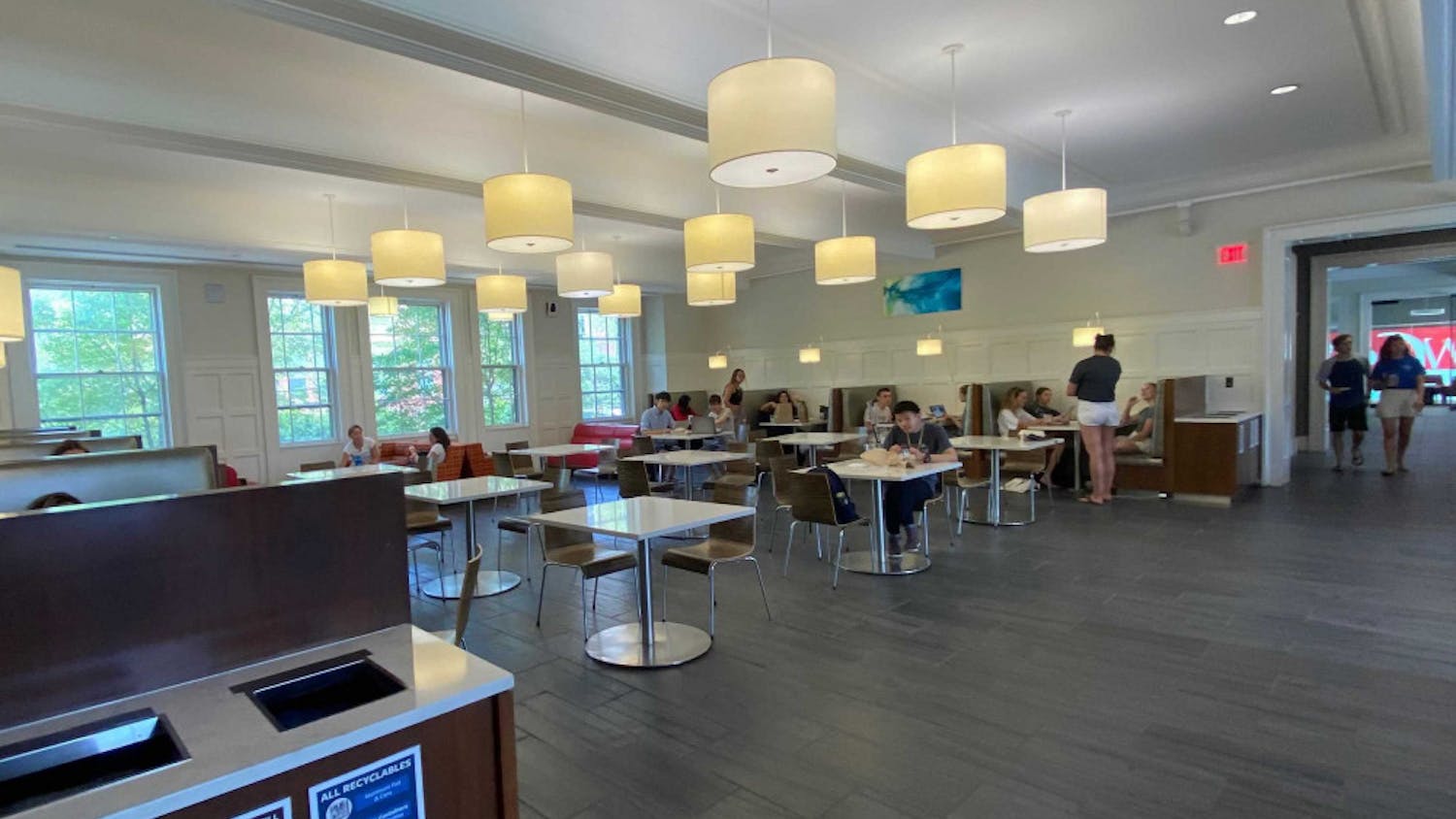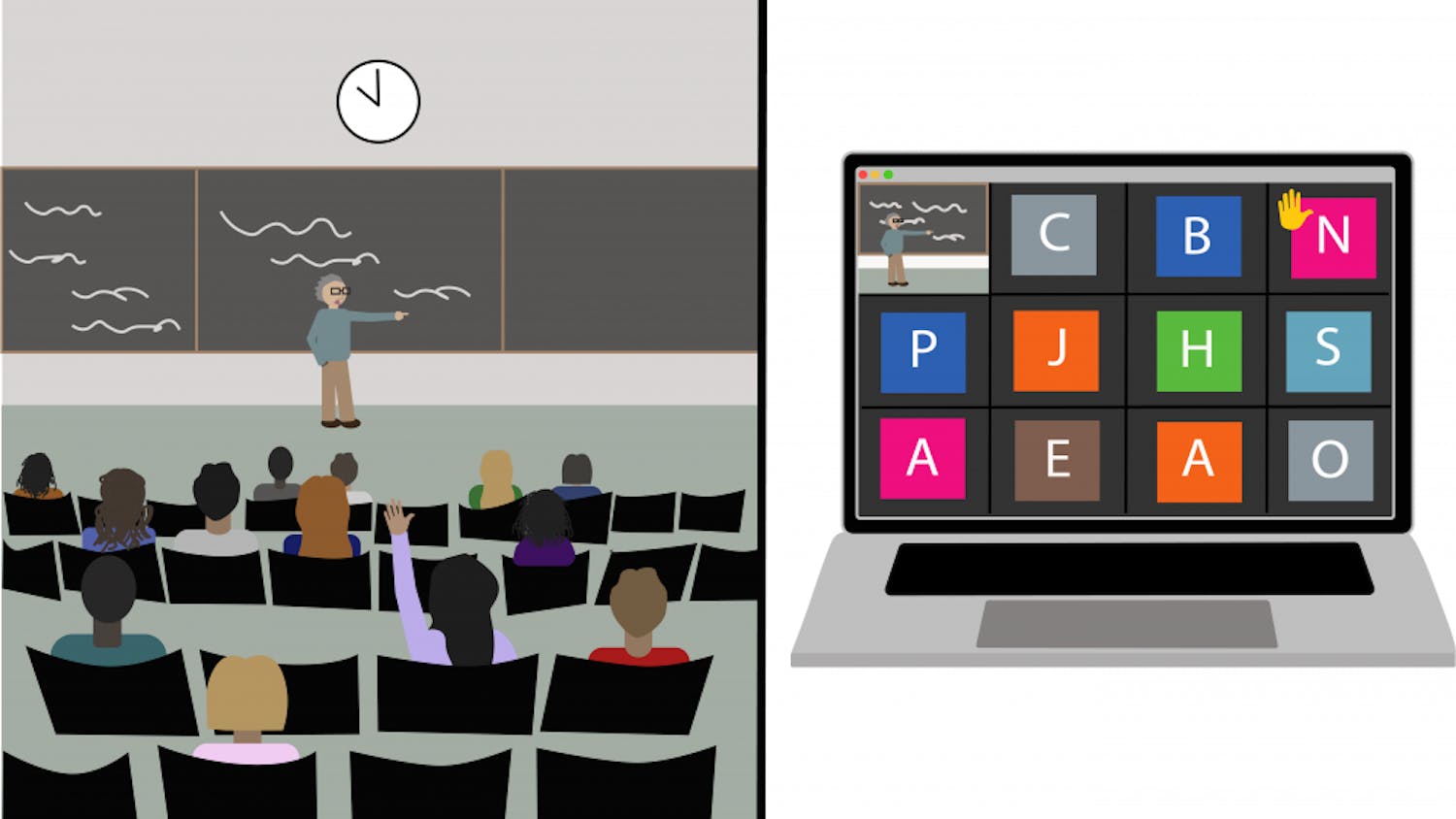It's one of Professor of Geological Sciences Greg Hirth's favorite lines to frustrated students in the rock deformation lab: "Relax, the earth takes millions of years to do what you do in a week."
Every day in the basement of the GeoChemistry building, we attempt to replicate, in tiny samples of rock, the processes that build mountains and induce earthquakes. Experimental rock deformation is critical to understanding fundamental earth processes, but few institutions are equipped with the specialized machines necessary for the work. Brown is lucky to be one of them.
To study earthquake processes, we slide rocks past each other at high speeds. To investigate the flow of rocks deep in the earth, we subject geologic samples to pressures equivalent to those up to 40 kilometers below Earth's surface and heat them to temperatures typically 800 to 1,100 degrees Celsius. As experimentalists abiding by research timelines, we cannot wait millions of years to build mountains. We must ramp up the temperatures to observe the same processes in a matter of days. After measuring the rates, conditions and forces involved in deforming our rock samples, we compare microscopic observations of our samples to natural examples, extrapolating our results to the interior of the earth.
Rock deformation arrived at Brown with the hiring of geology professors Jan Tullis and Terry Tullis in the early 1970s. Both were previously students of a famous father of rock deformation, David Griggs. Several of the machines we use in the labs today are referred to as Tullis-modified Griggs rigs, and many began as original Griggs creations in the 1960s. These machines are an incredible combination of precision and brute force. They are ingenious in their construction - using, for example, a reconstituted ball screw from a big rig truck.
Thousands of rocks have been squeezed in laboratories at Brown, each experiment requiring hours of painstaking preparation. The last experiment of my undergraduate thesis was named W1725. Experiment W1 was performed in 1975 by Jan Tullis, a professor well known around Brown for her introductory geology course and her commitment to undergraduate advising. The "W" stuck after a series of experiments on Rhode Island's own Westerly Granite, back when the deformation labs and the Department of Geolocial Sciences were located in Rhode Island Hall on the Main Green.
In some ways, it seems funny to study nature from a windowless basement. On the other hand, we are pursuing questions distant from the Earth's surface and far from human time scales. Although geologists can accumulate evidence outdoors, the basement laboratory is the only place to directly constrain hypotheses of inner-earth processes inferred from rocks exposed at the surface. In the laboratory, we learn about the beautiful structures of real rocks by creating our own.
Cameron Meyers '12 is a geology/physics/math concentrator from Delmar, N.Y. He is off to be a backpacking camp counselor in Vermont for the summer, then returning to Brown to continue research in the fall.




